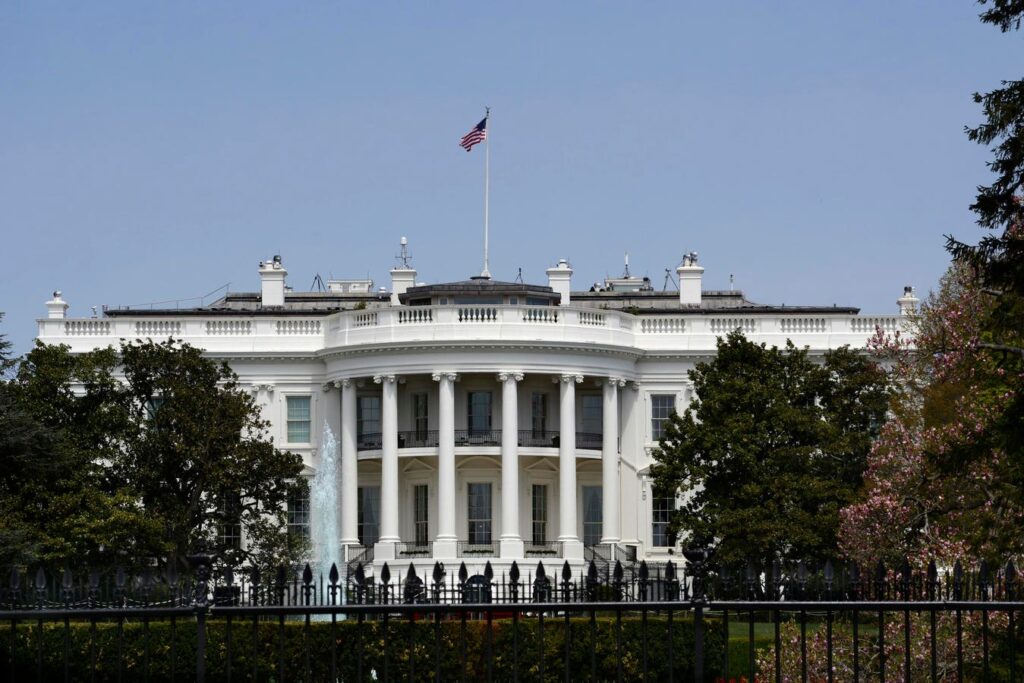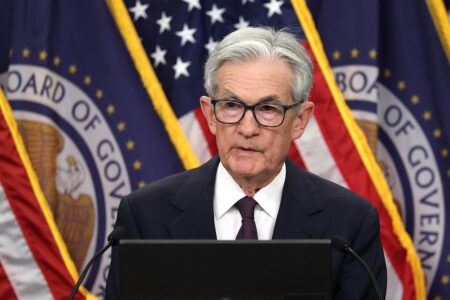Last week, the Trump Administration passed the 100-day mark. For all of the predictions made prior to President Trump’s January 20th inauguration, it is fair to say that the last 100 days have brought excitement for some and fear for others.
The Administration has issued more than 130 executive orders that have touched almost every aspect of American life, including immigration, the military, federal operations and employment, global trade, education, foreign aid, and public health. While the full impact of these efforts will not be seen for weeks to months to years, here is a lay of the current land for small businesses.
On April 2, President Trump announced a universal baseline tariff of 10% on all imported goods to the U.S., as well as additional tariffs for many individual countries. These measures have led to retaliatory tariffs from affected countries, escalating trade tensions. In the weeks that have followed, the Administration has since sent conflicting messages, such as pausing tariffs on most nations for 90 days, while implementing a 145% import tax on Chinese goods. According to several economic experts, the Trump Administration’s frequent tariff announcements have created a lot of economic uncertainty.
While tariffs can be intended to raise revenue for the government or implemented to protect certain domestic industries, sellers who are unable or unwilling to absorb the increase generally tack the cost of tariffs onto the price of their products. A recent survey of small business owners found that 76% believe tariffs will increase their costs, with 45% expecting these increases to be significant. In addition, 68% of small business owners report that the uncertainty around tariff policies is making it difficult to plan for the future.
Big business is also feeling it. CEOs from three of the nation’s largest retailers (Walmart, Target, and Home Depot) warned that tariff and trade policies could disrupt supply chains and increase prices, causing empty shelves, and the Administration seems to feel pressure to close new trade agreements. In addition, Senators Edward Markey (D-MA), Chuck Schumer (D-NY), and Mazie Hirono (D-HI) this week introduced the Small Business Liberation Act, which exempt U.S. small businesses from tariffs set under a national emergency declaration.
President Trump also campaigned on the promise of rooting out waste, fraud, and abuse, and selected Tesla CEO Elon Musk to carry out this initiative. This concept is not new, as Presidents Reagan, Clinton, and Obama all advocated for efforts to modernize or ensure maximum government efficiency.
What’s different this time around is that the Department of Government Efficiency (DOGE) established through executive order has taken aggressive cost-cutting measures, such as dismantling agencies, canceling programs, and eliminating over 260,000 federal jobs through layoffs and buyouts.
DOGE has impacted the U.S. Small Business Administration (SBA), with the announcement of eliminating 2,700 jobs or 43% of its workforce and the closure of certain regional offices. Small businesses have sometimes relied on the SBA when starting up and through disasters and everything else in between. These cuts could potentially lead to less support for businesses at the local or regional level. While we don’t know the full effect yet, some say this could include delays in processing SBA 7(a) and disaster loans, but much is yet to be seen.
So much emphasis is placed on the 100-day mark of a presidency even though it is less than 10% of it. As time continues, we will see if these policies impact small business owners as the Trump Administration seeks to reshape America’s economic priorities.
Read the full article here











